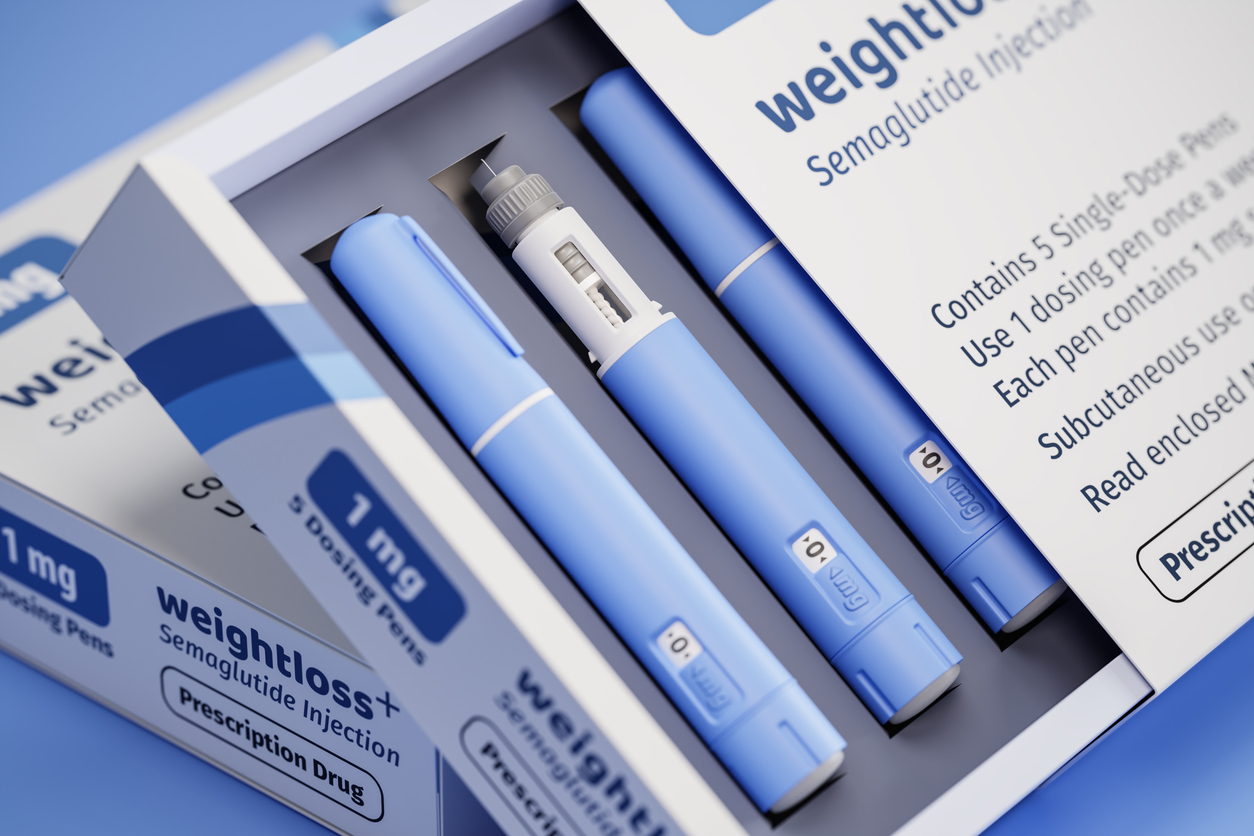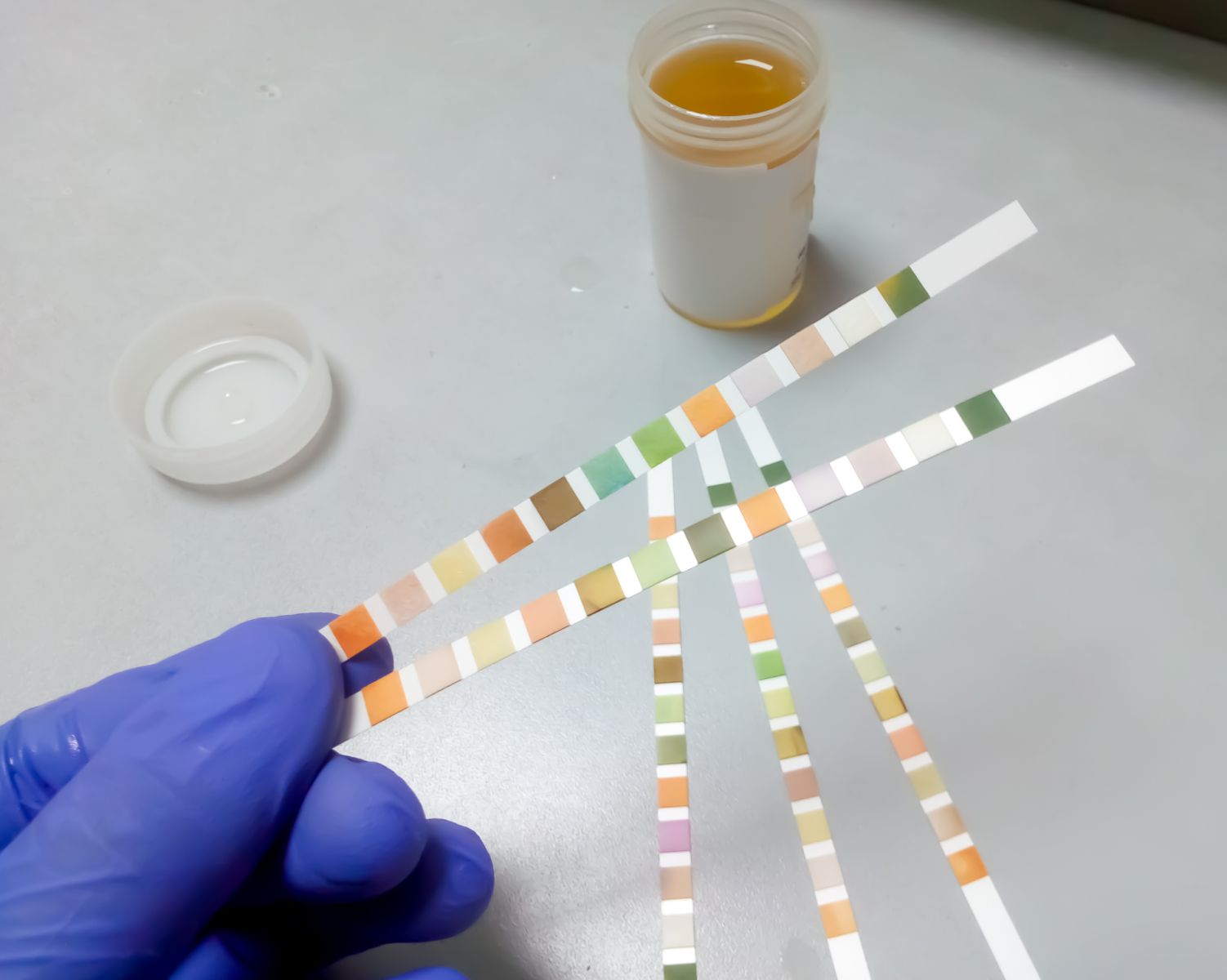Type 1 on a GLP-1 Drug? Watch for Hypoglycemia and DKA

People with type 1 diabetes who take a GLP-1 drug for weight loss or other health benefits may see unexpected low blood sugar levels, as well as a higher risk of diabetic ketoacidosis.
While GLP-1 agonists have become a staple for weight loss and type 2 diabetes management, those with type 1 diabetes taking these medications off-label should be mindful of possible adverse effects, including hypoglycemia and diabetic ketoacidosis (DKA), a serious complication resulting from a lack of insulin in the body.
Though currently only FDA-approved for type 2 diabetes and obesity, people who have type 1 diabetes may want to take GLP-1 agonists for benefits besides just shedding unwanted pounds. The drugs have been shown in studies to reduce the risk of heart and kidney disease and lower average blood sugar levels in people with type 1 diabetes.
While these drugs have benefits, there is a serious risk of low blood sugar for those with type 1 diabetes who take a GLP-1 agonist together with insulin. Lowering the insulin dose might be needed, but reducing the dose too much can lead to elevated blood ketones and even DKA.
"Insulin requirements are often lower in individuals with type 1 using a GLP-1 receptor agonist," said Dr. Michelle Van Name, assistant professor of pediatric endocrinology at the Yale School of Medicine. "With lower insulin doses, individuals may be more likely to have ketosis, raising the concern for DKA. However, there are few studies in type 1 diabetes, so it is not clear whether this translates into increased rates of DKA."
How certain side effects might impact insulin intake
Anyone taking GLP-1s will likely experience a reduction in appetite, which is partly why they're so effective at weight reduction. One endocrinologist made the case that common side effects such as nausea and sometimes vomiting could even potentially lead those with type 1 taking the drugs to reduce or stop taking their insulin.
"When one has a decreased appetite, they may think that they do not need any insulin, and if [insulin is] held or dosed sub-optimally, it could theoretically increase the risk of DKA," said Dr. Abhishek Kansara, an endocrinologist at Houston Methodist Hospital.
"Anyone with type 1 diabetes absolutely requires ongoing insulin, even when not eating," said Dr. Jordan Wright, an endocrinologist and assistant professor of medicine at Vanderbilt University Medical Center. "If taking medications that decrease appetite or insulin requirements, people with type 1 diabetes still must continue taking their long-acting insulin or using their insulin pump."
Semaglutide, vomiting, and DKA: A case study
 In a 2023 case report, a person with type 1 arrived at an emergency room with ketoacidosis, after suffering nausea and vomiting attributed to taking Wegovy (semaglutide) prescribed by his endocrinologist for weight loss. The patient told medical staff at the emergency department that he typically had good blood sugar control using an insulin pump, but he arrived at the hospital with a blood glucose reading over 300 mg/dl. The authors of the study identified two well-known side effects of semaglutide that likely led to DKA: appetite suppression and nausea.
In a 2023 case report, a person with type 1 arrived at an emergency room with ketoacidosis, after suffering nausea and vomiting attributed to taking Wegovy (semaglutide) prescribed by his endocrinologist for weight loss. The patient told medical staff at the emergency department that he typically had good blood sugar control using an insulin pump, but he arrived at the hospital with a blood glucose reading over 300 mg/dl. The authors of the study identified two well-known side effects of semaglutide that likely led to DKA: appetite suppression and nausea.
Because the patient couldn't keep food down, he had received less than 1 unit of insulin above his basal insulin dosing of 12 units every 24 hours throughout the day.
GLP-1 agonists are often slowly increased over time to minimize side effects. In this case, the patient's predicament may have been caused by a higher-than-recommended starting dose of semaglutide.
"Individuals with type 1 can work with their medical teams to determine whether GLP-1 receptor agonists may be beneficial for obesity treatment or glycemic management," Van Name said. "GLP-1 receptor agonist medications should be started at the lowest dose, and escalated as tolerated or indicated."
The case study points out the importance of testing for elevated blood ketones for those with type 1 using a GLP-1. People with type 1 diabetes should be aware of symptoms of DKA – like nausea, abdominal pain, fruity odor on breath – and have access to home ketone tests, Wright added.
If experiencing such symptoms, make sure to monitor blood sugars and ketones closely, stay well-hydrated, and seek advice from a healthcare professional.
Staying on top of DKA
 Medical professionals typically recommend checking for ketones using test strips or meters when blood sugars rise above 240 mg/dL to help ward off DKA. They also urge caution for people with diabetes who are using GLP-1 drugs off-label or for weight loss, especially when experiencing side effects that might lead them to consider dialing back their insulin dosage.
Medical professionals typically recommend checking for ketones using test strips or meters when blood sugars rise above 240 mg/dL to help ward off DKA. They also urge caution for people with diabetes who are using GLP-1 drugs off-label or for weight loss, especially when experiencing side effects that might lead them to consider dialing back their insulin dosage.
Using a continuous glucose monitor (CGM) together with a blood ketone meter may also be helpful for those with type 1 diabetes taking GLP-1 drugs.
Inexpensive devices that measure both blood sugar and ketones make testing a quick process. Devices sold under the brand names Precision and NovaMax combine both blood glucose meters and ketone tests in one small unit for around $30.
Abbott is also developing a continuous combined blood sugar and ketone monitor that's currently in clinical trials. The company has yet to announce an expected approval date.
Whether you’re taking a GLP-1 or not, remember that insulin will always be essential for type 1 diabetes.
Learn more about DKA and diabetes here: